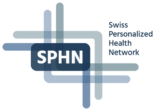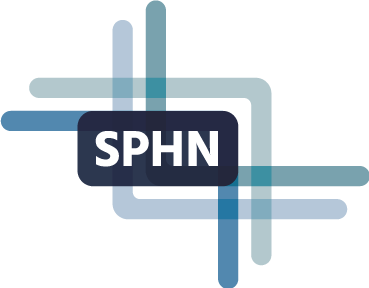Legal Agreement Templates
Contractual Framework for Multi-Center Projects
Research projects sharing sensitive personal health data between institutions require a legal agreement. SPHN offers a nationally harmonized contractual framework with a series of templates for legal agreements adaptable to various collaboration setups. These agreements define key principles of the collaboration (data use, ownership, publications, intellectual property and liability) and outline the rights, obligations and responsibilities of all parties involved (e.g. Investigator, Data Provider, Data Recipient, Processor, etc.). The relevant terms used are explained in the SPHN Glossary.
Legal Agreement Templates - a strong foundation for collaborations
The SPHN legal agreement templates, refined through eight years of experience with complex, multi-institutional projects, provide a strong foundation for collaborations. Incorporating insights from the SPHN National Data Streams projects (NDS) and the Data Governance Working Group (DGWG), these templates address key legal considerations, providing a national harmonization of several key issues related to nation-wide data sharing. While tailored for Switzerland, they can also serve as a basis to set up legal frameworks in international collaborations.
Download Legal Agreement Templates
Multi-center research projects typically require a Consortium Agreement integrating a Data Transfer and Use Agreement (DTUA) and Data Transfer and Processing Agreement (DTPA). Further templates listed below offer options for specific configurations.
Are there any questions left? Don't hesitate to contact us!

